Mother Nature can be both a healer and a destroyer. Although she provides us with the resources we need for survival, she can also unleash her wrath at any given moment through wildfires, hurricanes, earthquakes, and other natural disasters. As preppers, we are responsible for preparing ourselves and our families for these unpredictable events. This article will look at some of the most catastrophic moments when Mother Nature unleashed her fury upon humanity. These are some of the worst disasters that have left lasting impacts on people’s lives for years after they occurred. Get ready to discover the immense power of nature.
1. Yangtze River Flood (1931)

The Yangtze River Flood of 1931 was one of history’s deadliest natural disasters. Intense heavy rains caused the Yangtze River to overflow, immersing vast areas and impacting over 51 million people, lasting for months and claiming around 3.7 million lives. This incident showed how important it is to have a solid flood evacuation plan, ensuring you have essentials like food, water, and a way to get to higher ground.
2. Haitian Earthquake (2010)

In January 2010, an earthquake occurred in Haiti, leaving an estimated 300,000 people dead, displacing over a million people and causing widespread damage to the island. The earthquake registered a magnitude of 7.0 on January 12, and aftershocks of 5.9 were still taking place until January 20.
3. Hurricane Maria (2017)

On September 20, 2017, the deadliest and costliest hurricane crashed in Puerto Rico as a category four hurricane, causing catastrophic damage to the island. The death toll from Hurricane Maria was 2,975, and the damage was estimated to be over $91 billion, with many areas left without electricity, clean water, or access to food for months following the hurricane.
4. Galveston Storm (1900)

One of the deadliest natural disasters was the 1900 Galveston Storm, which hit the city of Galveston, Texas. The hurricane had winds of 145 mph and storm surges that reached up to 15 feet, leaving somewhere between 6,000 and 12,000 dead and more than 10,000 of the 38,000 residents homeless.
#5. Indian Ocean Earthquake and Tsunami (2004)

On December 26, 2004, a massive underwater magnitude 9.1 earthquake struck off the coast of Sumatra, Indonesia, with a death toll estimate of 227,898 This earthquake triggered the deadliest and most destructive tsunami in history, with waves reaching 167 feet in northern Sumatra and flooding 17 countries in Asia and Africa.
6. Typhoon Nina–Banqiao Dam Failure (1975)

Another one of the deadliest natural disasters was Typhoon Nina, which hit China in 1975. It caused a massive three-day rainfall that led to the collapse of the Banqiao Dam and 61 other dams in the area. This resulted in catastrophic flooding and landslides that killed more than 200,000 people and more than 10 million people affected by the disaster.
7. Tangshan Earthquake (1976)

In the early morning hours on July 28, 1976, a 7.8 magnitude earthquake hit Tangshan in northeastern China, killing an estimated 242,000 people, making this one of the deadliest earthquakes on record. On the day before and the morning of the earthquake, many people reported seeing flashes of colored lights, roaring fireballs, and water levels in wells falling and rising.
8. Tokyo-Yokohama Earthquake (1923)
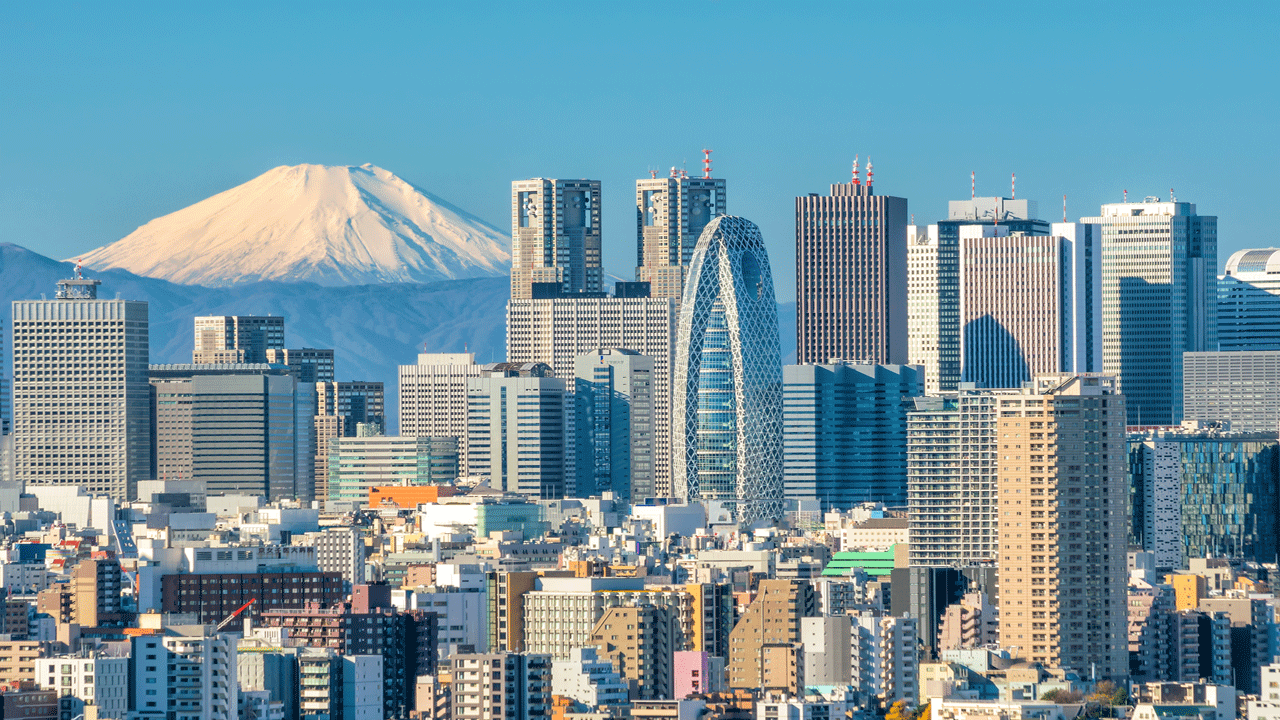
The massive 7.9 magnitude earthquake that struck Tokyo and Yokohama on September 1, 1923, killed more than 140,000 people. The earthquake caused widespread destruction, with hundreds of thousands of homes destroyed by the initial quake, aftershocks, fires that burned for days following the earthquake, and the tsunami afterward.
9. San Francisco Earthquake and Fire (1906)

Even though the earthquake’s epicenter was San Francisco, Los Angeles, southern Oregon, and even central Nevada felt the tremor. Fires destroyed almost 500 city blocks that broke out during the earthquake and continued burning for three days, leaving mass destruction and death toll estimates of more than 3,000 people.
10. The Johnstown Flood (1889)

On May 31, 1889, one of the deadliest floods in U.S. history consumed the city of Johnstown, Pennsylvania, when a wall of water over 40 feet high rushed through the city, claiming more than 2,209 lives, including 99 entire families, and destroying more than 1,600 homes. After heavy spring rains, the man-made South Fork Dam, built upstream on the Little Conemaugh River, failed and released over 20 million tons of water, sweeping everything in its path.
11. Kashmir Earthquake (2005)

On October 8, 2005, Kashmir was struck by a 7.6-magnitude earthquake, shaking not only the region of Kashmir but also parts of India and Afghanistan. The earthquake caused immense devastation, with over 80,000 people killed, an estimated 4 million left homeless right before the onset of winter, and many villages completely wiped out by landslides triggered by the earthquake.
12. Yarnell, Arizona Fire (2013)

During the early evening hours of June 28, 2013, a lightning strike started a wildfire outside the small town of Yarnell, Arizona. The fire destroyed over 120 homes and buildings, leaving many residents without shelter or belongings. High winds and dry conditions caused the fire to spread quickly and to burn until July 10, engulfing the town of Yarnell, burning over 8,000 acres, and tragically killing nineteen members of a hotshot firefighting crew battling the blaze, making it one of the deadliest incidents for wildland firefighters in U.S. history.
13. The Coringa Cyclone (1839)

The Coringa Cyclone was a catastrophic tropical cyclone that struck the east coast of India on November 25, 1839, in the port city of Coringa. With a storm surge of 40 feet, the cyclone destroyed over 20,000 ships and killed an estimated 300,000 people in and around the port city of Coringa, which has never fully recovered from the disaster.
14. The Yellow River Flood (1887)

The Yellow River Flood of 1887 claimed more than 900,000 lives, bringing floods and famine to China. A series of levee breaks along the Yellow River, also known as the “River of Sorrow,” due to its frequent floods caused widespread flooding with destruction covering 50,000 square miles, including hundreds of small villages and eleven large towns.
15. The Bhola Cyclone (1970)

On November 12, 1970, the deadliest tropical cyclone in recorded history hit the coast of East Pakistan (now Bangladesh) and India, resulting in an estimated death toll somewhere between 300,00 and 500,000. Estimates of 65% of the region’s fishing industry were destroyed, with almost 46,000 fishermen losing their lives in this devastating cyclone.
16. Iran Blizzard (1972)

Dropping more than ten feet of snow, the 1972 Iran Blizzard made it into the Guinness Book of Records as the deadliest blizzard in history, lasting from February 3 to February 9 and killing more than 4,000 people. When the blizzard eased up for 24 hours, rescue workers searched for survivors; however, the storm resumed, stopping their search, but they left bread for any survivors who might emerge.
17. Shaanxi Earthquake (1556)

The Shaanxi Earthquake, with an estimated magnitude of 8, is considered the deadliest earthquake, killing approximately 830,000 people. In some areas, the population was reduced by a third, and aftershocks continued for years after the initial quake.
18. Hurricane Katrina (2005)

With a death toll of more than 1836 people and damages amounting to about $125 billion, Hurricane Katrina is considered the costliest hurricane to hit the U.S. On August 29, 2005, Hurricane Katrina made landfall in Louisiana as a Category 3 storm after weakening from a Category 5, causing catastrophic damage to the Gulf Coast region and leaving millions of people without necessities such as food, water, and shelter.
19. Great Chilean Earthquake (1960)

The Great Chilean Earthquake, with a magnitude of 9.5, struck near Valdivia, Chile. It is the largest earthquake ever recorded in modern history. On May 22, 1960, the earthquake struck, claiming around 1,655 lives, injuring at least 3,000 people, and leaving 2 million individuals without homes. The earthquake also triggered a tsunami, causing devastation in coastal towns and cities in Hawaii, Japan, New Zealand, and The Philippines.
20. Daulatpur–Saturia Tornado (1989)
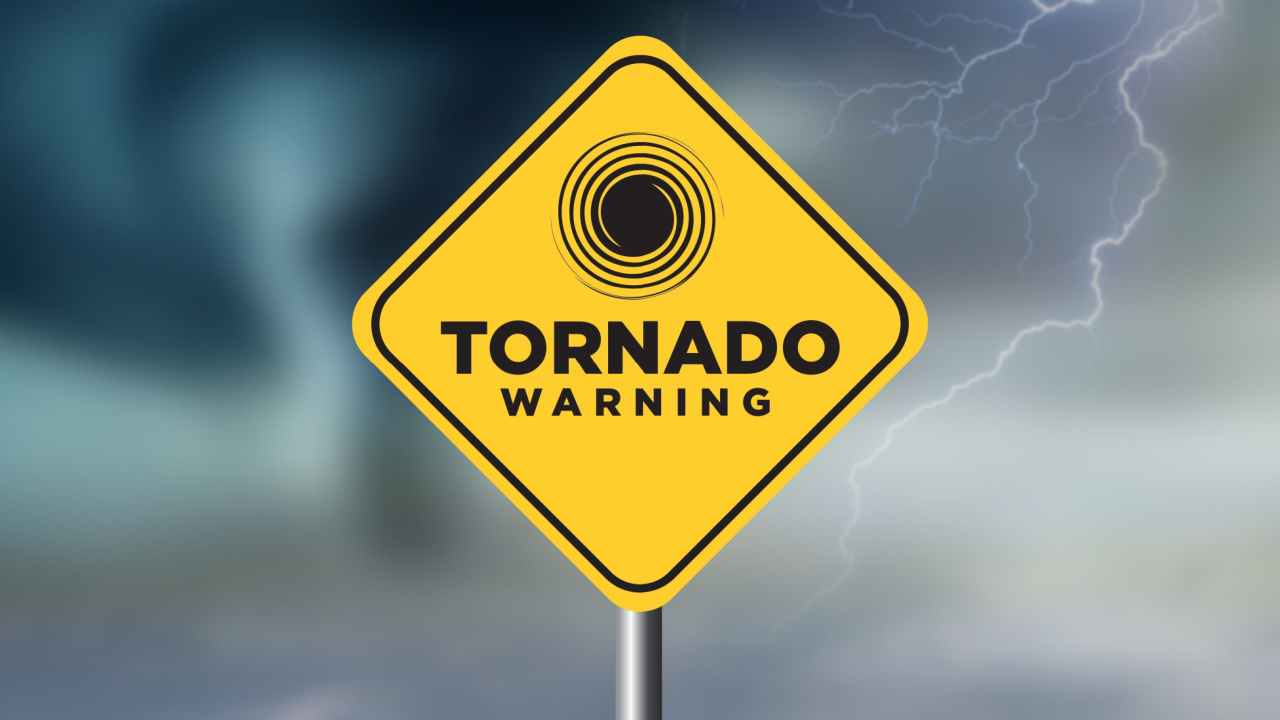
The tornado that struck the cities of Saturia and Daulatpur in Bangladesh on April 26, 1989, carved a path ten miles long and one mile wide. This event is the deadliest tornado in modern history, tragically claiming around 1,300 lives and leaving 12,000 injured in its aftermath.
21. Brescia, Italy Lightning Strike (1769)

On August 4, 1769, lightning struck a church in Brescia that was storing gunpowder. The gunpowder ignited and exploded, killing an estimated 3,000 people and destroying over a sixth of the city from the explosion and massive fire.
22. The Okeechobee Hurricane (1928)
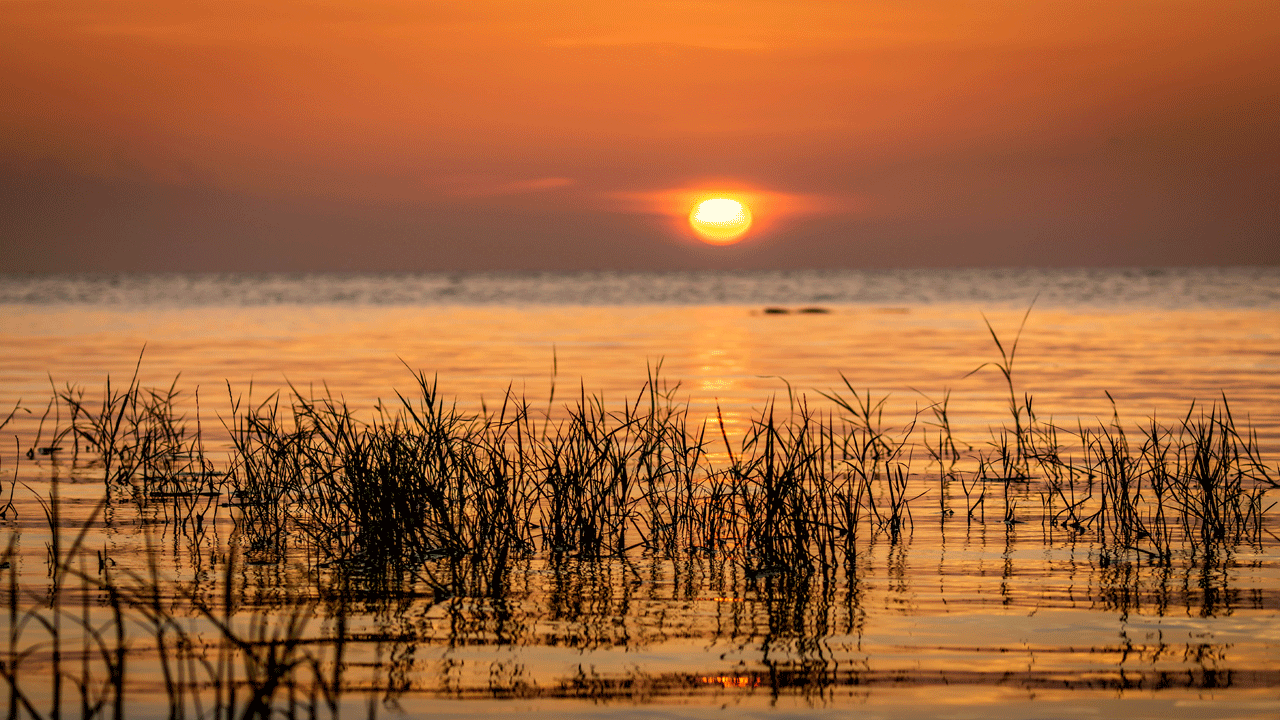
In September 1928, The Okeechobee Hurricane hit the coast of Florida with winds of up to 155 mph, causing catastrophic damage, including the collapse of a levee that flooded surrounding farmlands. It remains one of the deadliest natural disasters in US history, with an estimated death toll of over 2500 people.
23. The Cloquet Fires (1918)

Experts believe that sparks from a passing train started the fire; strong winds and dry conditions quickly spread the flames throughout Cloquet, Minnesota, in October 1918. The fires killed an estimated 500 people and did more than $73 million in property damage in northern Minnesota, making it one of the worst natural disasters in the state’s history.
24. Tri-State Tornado (1925)
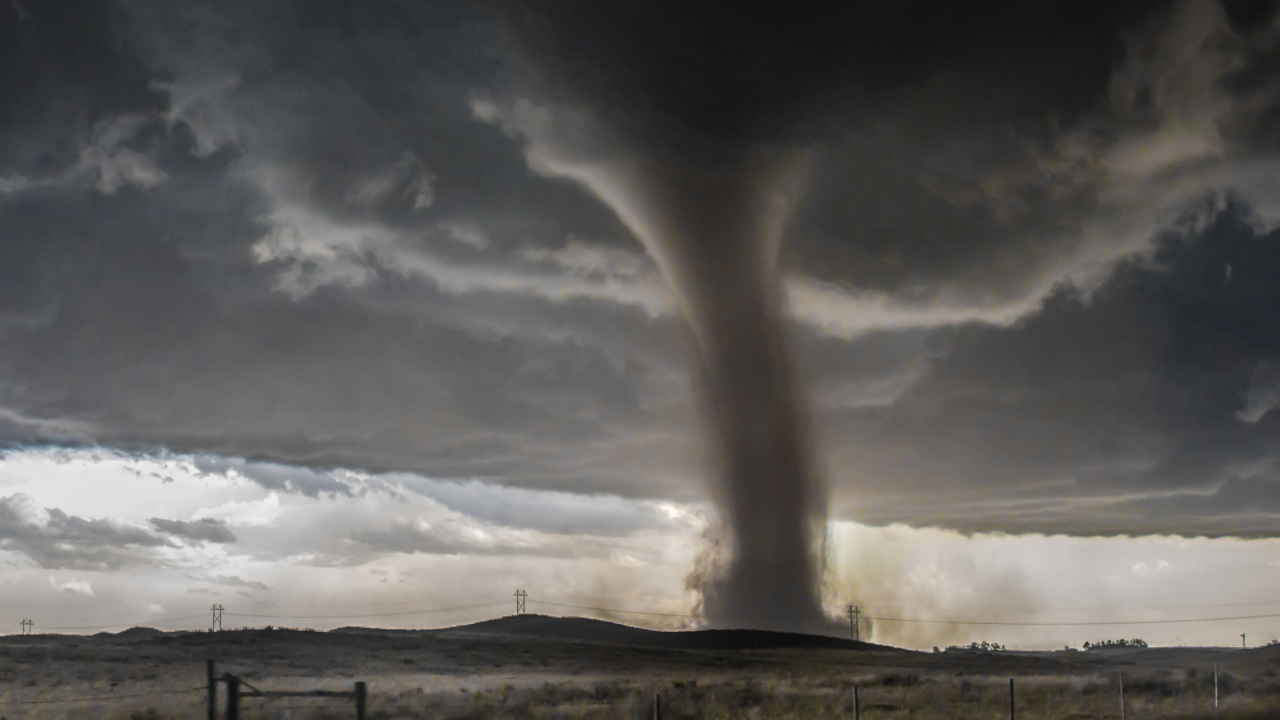
On March 18, 1925, a tornado ripped through parts of Missouri, Illinois, and Indiana with a path of destruction over 200 miles long and wind speeds up to 300 mph. Many consider it the deadliest tornado in U.S. history, killing 695 people, injuring 2,000 more, and destroying 15,000 homes in its path.
17 Most Devastating Tornadoes In History

Nature’s fury is terrifying, and tornadoes are among the most deadly natural phenomena. These 17 deadly tornadoes highlight nature’s power and the resilience of humans in the aftermath of such devastation.
24 Most Devastating Blizzards in US History

For preppers, understanding the power and impact of historic blizzards is key to being prepared for future winter emergencies. Each of these historic snowstorms teaches valuable lessons about resilience, planning, and survival. The more prepared we are, the better our chances of survival in an emergency scenario.
- Read More: 24 Most Devastating Blizzards in US History
23 Riskiest Cities To Be During a Power Grid Collapse
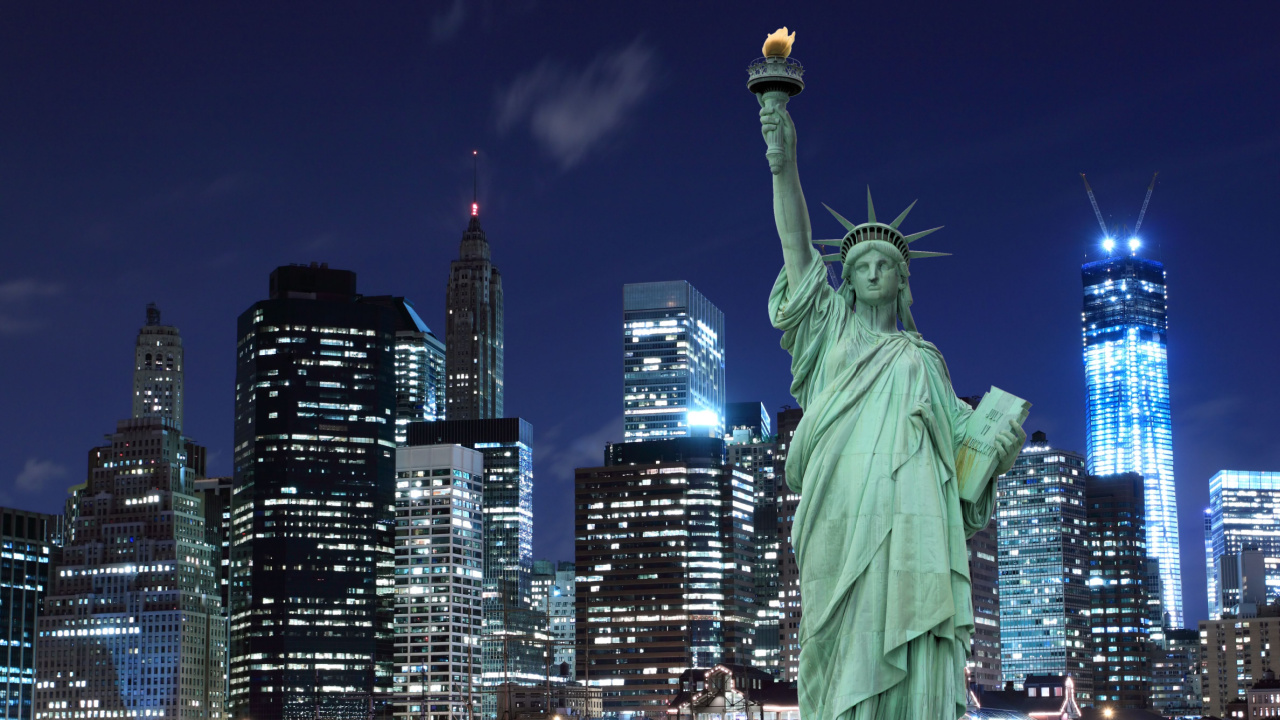
In a world where the stability of our power grid is increasingly under threat, knowing which urban areas to avoid during a blackout is crucial for any serious prepper. And which areas to escape as quickly as possible. When you’re making your survival plans, keep in mind that these are the places you don’t want to be.
